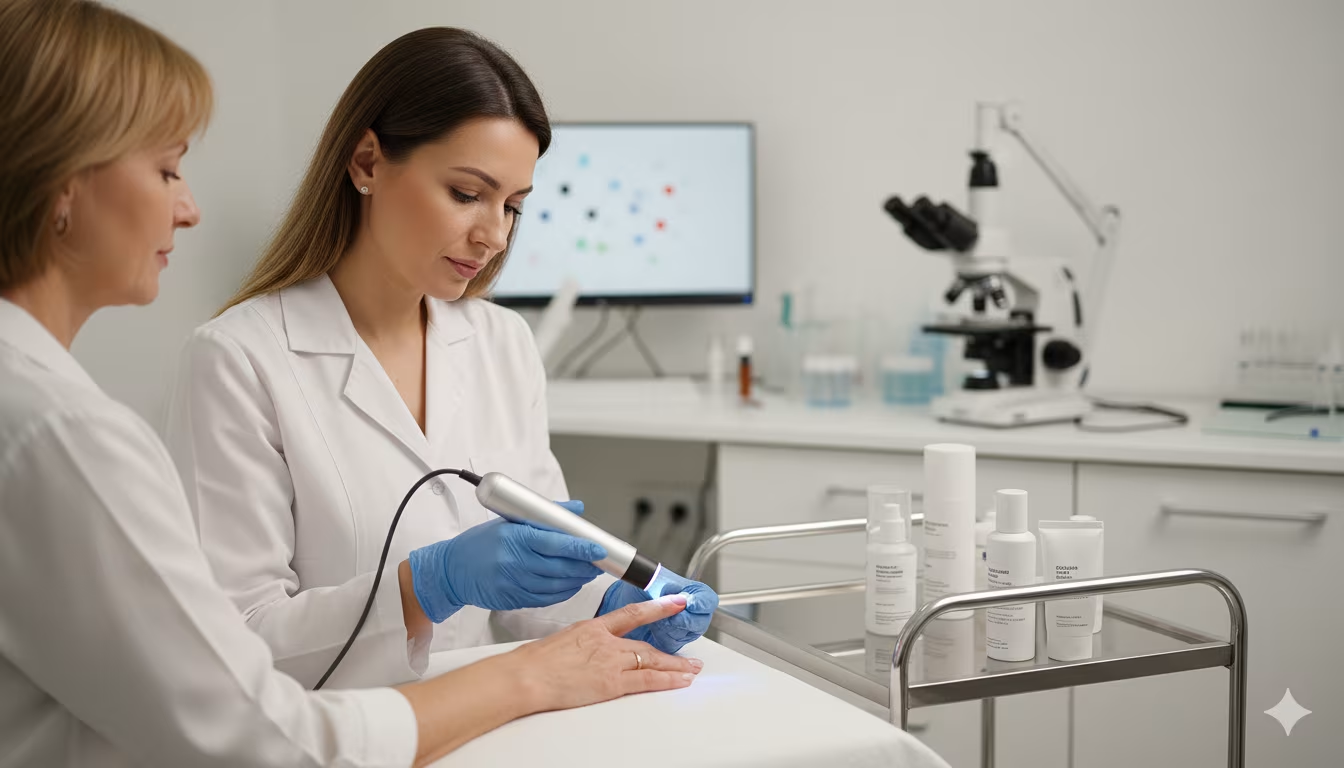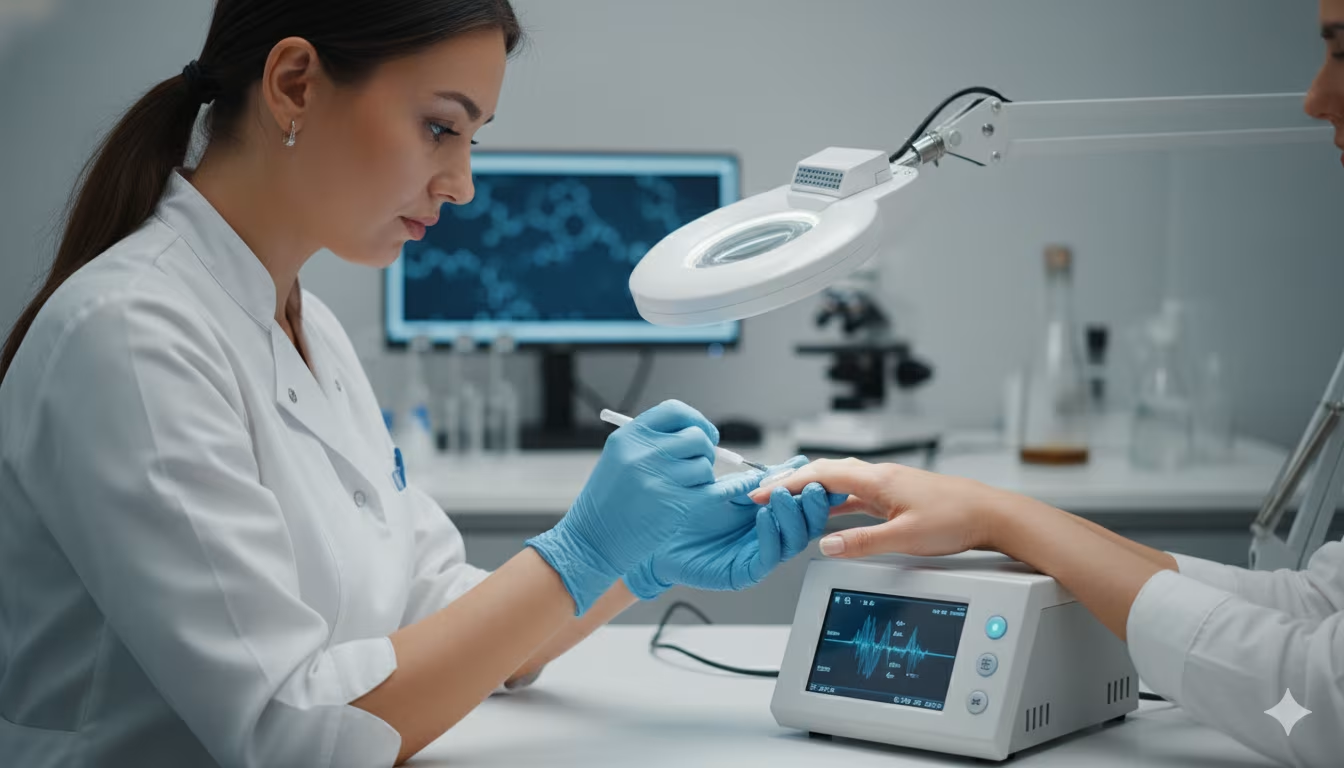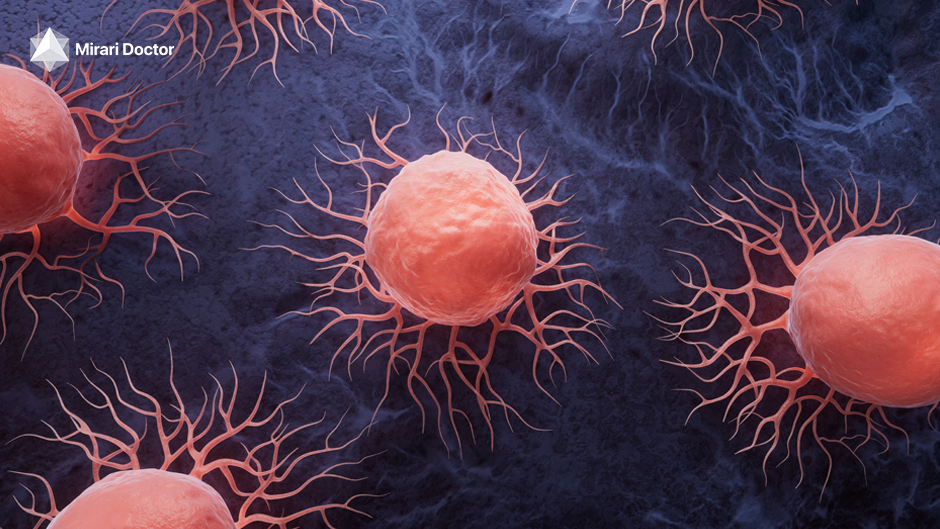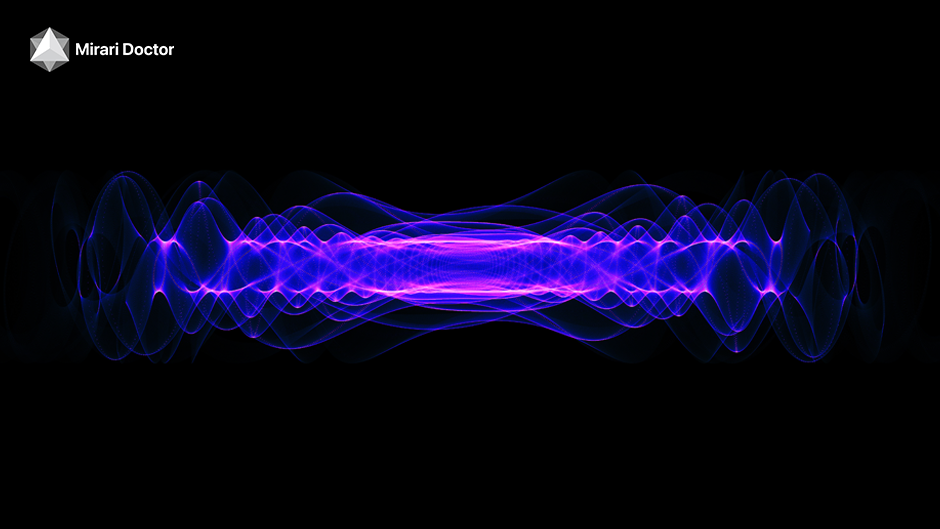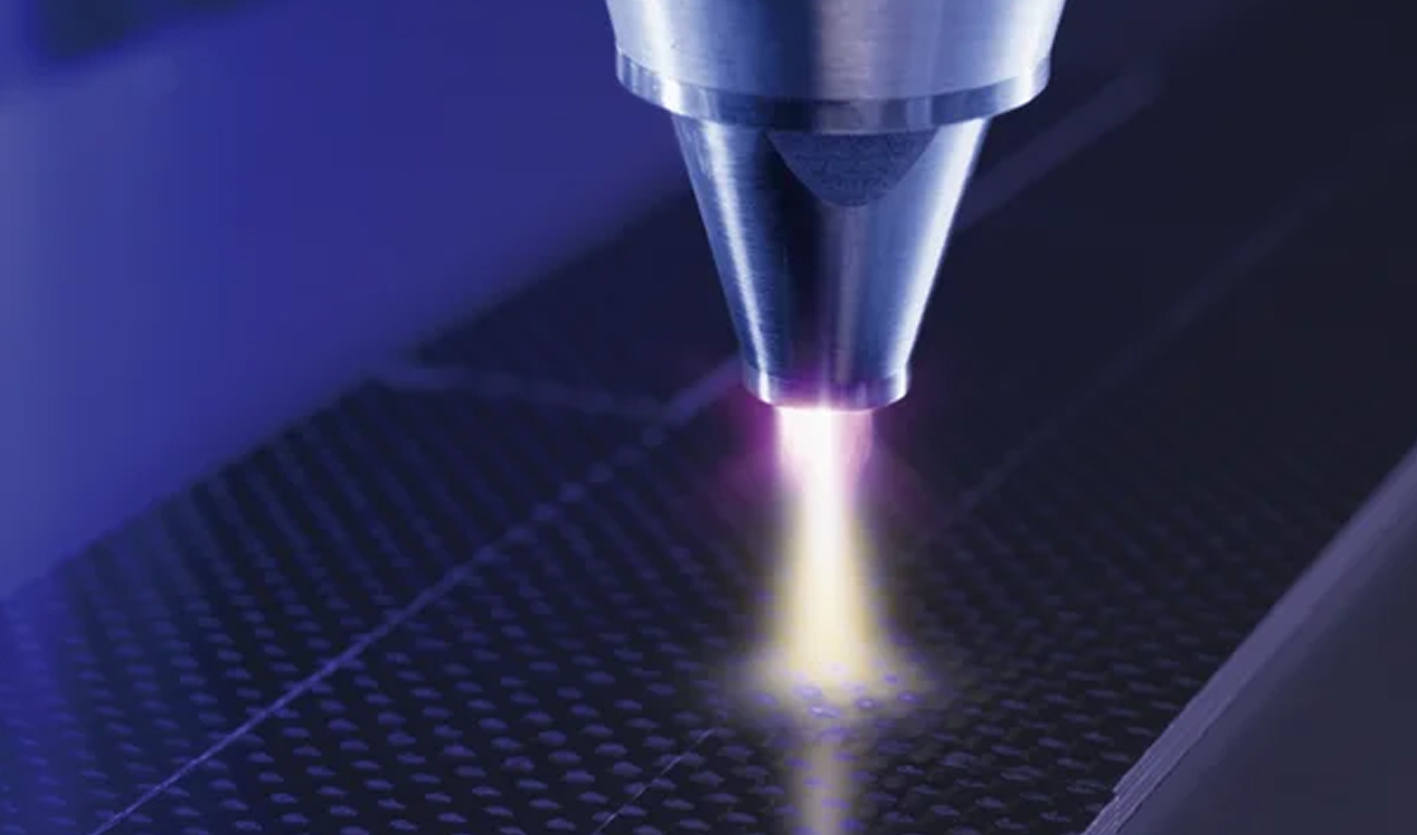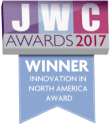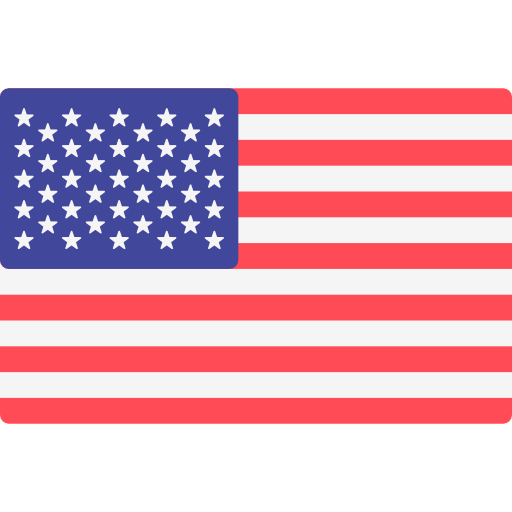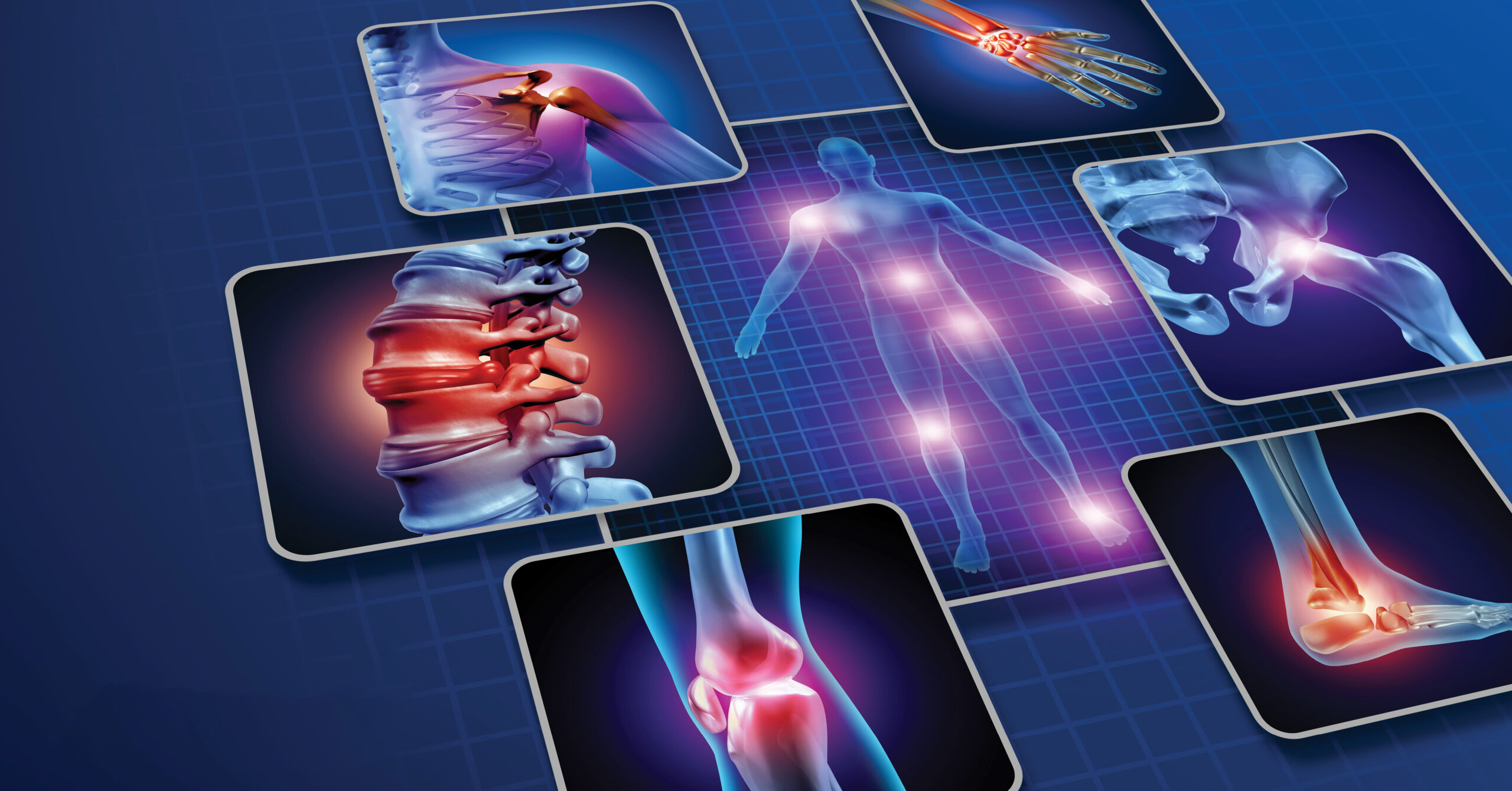
You May Be Interested In:
The fundamental difference between chronic and acute pain lies in duration, biological purpose, and treatment approach. Acute pain is sudden, short-term (lasting less than 3-6 months), and serves as a protective warning signal alerting you to immediate injury or illness[1]. It resolves once the underlying cause heals—such as a broken bone mending or a surgical wound closing. Chronic pain persists for more than 3-6 months, often continuing long after the initial injury has healed[2]. It serves no biological protective purpose and represents a disease state itself, with the nervous system becoming hypersensitive and continuing to send pain signals despite the absence of ongoing tissue damage.
Understanding this distinction matters critically because treatment strategies differ fundamentally. Acute pain requires addressing the underlying cause for complete resolution, while chronic pain demands comprehensive, long-term management focusing on symptom reduction and quality of life improvement rather than complete elimination. Approximately 51.6 million US adults experienced chronic pain in 2021—representing 1 in 5 people—with 17.1 million suffering pain severely limiting daily activities[3]. The annual economic burden reaches $65 billion in lost productivity.
Understanding Pain: The Body’s Warning System
What Is Pain?
Pain represents an unpleasant sensory and emotional experience associated with actual or potential tissue damage, as defined by the International Association for the Study of Pain (IASP)[1]. This protective mechanism alerts you to injury or illness requiring attention. Pain’s subjective nature means individual experiences vary significantly based on physical, emotional, and psychological factors—explaining why identical injuries produce different pain levels in different people.
The essential role pain plays in human survival and safety cannot be overstated. Without pain sensation, you would lack critical warning signals preventing further injury. Conditions like congenital insensitivity to pain demonstrate this reality—affected individuals suffer repeated injuries from inability to recognize danger.
Why Pain Classification Matters
Accurate classification as acute versus chronic pain determines appropriate treatment approaches and sets realistic patient expectations. Different therapeutic strategies suit acute pain (aimed at healing the underlying cause) versus chronic pain (focused on long-term symptom management and functional restoration). Proper diagnosis prevents acute pain from transitioning to chronic pain through inadequate initial treatment[2].
Classification impacts:
- Treatment selection: Acute pain often resolves with single-modality therapy; chronic pain requires multimodal approaches
- Prognosis communication: Acute pain has predictable resolution timeline; chronic pain may require indefinite management
- Insurance authorization: Coverage criteria differ based on acute versus chronic designation
- Specialist referral timing: Chronic pain benefits from early pain specialist involvement
- Prevention strategies: Aggressive early acute pain treatment prevents chronification
What Is Acute Pain?
Definition and Duration
Acute pain develops suddenly with clear, identifiable onset tied to specific injury, surgery, or illness. Typical duration spans less than 3-6 months, with pain resolving once the underlying cause heals or receives appropriate treatment[1]. This temporary disruption to normal life has recognizable beginning and anticipated end point. For detailed information on types of acute pain, explore condition-specific classifications.
The healing process determines acute pain duration. A paper cut resolves within days; a fractured bone heals over 6-8 weeks; major surgery causes post-operative pain lasting several weeks. The key characteristic: pain diminishes progressively as tissue damage repairs.
Biological Purpose and Function
Acute pain acts as a “loud alarm in an emergency,” warning of immediate danger and prompting protective responses. This useful biological signal protects from further injury by causing you to rest the affected area and seek medical treatment[1]. The adaptive mechanism promotes healing and recovery through behavioral modifications—such as avoiding weight-bearing on a sprained ankle or minimizing movement after abdominal surgery.
Characteristics of Acute Pain
Understanding acute pain’s characteristics helps distinguish it from chronic pain and guides appropriate treatment.
| Feature | Acute Pain |
|---|---|
| Onset | Sudden, often intense |
| Quality | Sharp, stabbing, burning, throbbing |
| Location | Localized to specific injury site |
| Cause | Clear, identifiable trigger (injury, surgery, infection) |
| Associated Symptoms | Muscle spasm, increased heart rate, elevated blood pressure, sweating |
| Pain Trajectory | Decreases progressively as tissue heals |
| Duration | Days to weeks, <3-6 months maximum |
The sympathetic nervous system activation accompanying acute pain produces visible physical responses: elevated heart rate, increased blood pressure, sweating, and muscle tension around the injury site. These responses diminish as pain improves. Understanding symptoms of acute pain helps with accurate identification.
Common Causes of Acute Pain
Acute pain arises from numerous sources affecting daily life. Post-surgical pain following medical procedures represents the most common cause, affecting virtually all surgical patients. Broken bones, fractures, sprains, and strains from trauma or accidents create acute musculoskeletal pain. Soft tissue injuries including cuts, burns, wounds, and abrasions trigger immediate pain responses.
Additional acute pain triggers:
- Dental pain from toothaches, extractions, or root canals
- Headaches including tension, sinus, and acute migraine episodes
- Kidney stones and gallstones causing severe visceral pain
- Labor and childbirth pain during delivery
- Acute infections like acute abdominal pain from appendicitis or urinary tract infections
- Acute chest pain requiring immediate medical evaluation
- Trauma from accidents, falls, or sports injuries
For comprehensive information on pain management approaches, visit Mirari Doctor resources exploring innovative treatment modalities.
What Is Chronic Pain?
Definition and Duration
Chronic pain persists beyond normal healing time, typically defined as pain lasting more than 3-6 months (some classifications use >12 weeks)[2]. Unlike acute pain’s clear trajectory toward resolution, chronic pain can be continuous or intermittent, with gradual onset or persistence following inadequately treated acute pain. No recognizable endpoint exists—the pain may continue indefinitely without intervention. Learn more about managing chronic pain conditions effectively.
The transition from acute to chronic pain occurs when nervous system changes perpetuate pain signals despite healed tissue damage. This transformation represents a critical juncture where pain evolves from symptom to disease state.
Biological Purpose (or Lack Thereof)
Chronic pain serves no biological protective purpose once the initial injury has healed. Described as a “broken alarm system that keeps ringing,” chronic pain represents maladaptive pain processing where the nervous system maintains hypersensitivity[1]. Pain persists despite absence of ongoing tissue damage—the alarm continues sounding long after the fire has been extinguished.
This fundamental difference from acute pain’s protective function explains why chronic pain becomes a disease state itself rather than merely a symptom of underlying pathology.
Common Causes of Chronic Pain
Chronic pain arises from diverse underlying conditions spanning multiple medical specialties. Musculoskeletal causes include osteoarthritis, rheumatoid arthritis, and chronic back pain from degenerative disc disease or herniated discs. Neuropathic pain results from nerve damage due to diabetes, shingles, or stroke.
Additional chronic pain conditions:
- Fibromyalgia: Widespread musculoskeletal pain with fatigue and cognitive issues
- Chronic headaches: Migraines occurring 15+ days monthly, chronic tension headaches
- Chronic pelvic pain: Endometriosis, pelvic inflammatory disease, interstitial cystitis
- Cancer-related pain: Tumor pressure or treatment side effects (chemotherapy, radiation)
- Chronic post-surgical pain: Persistent pain after procedures despite tissue healing
- Complex regional pain syndrome (CRPS): Disproportionate pain following minor injury
- Temporomandibular joint (TMJ) disorders: Chronic jaw pain and dysfunction
- Neck and shoulder pain from chronic strain or degenerative conditions
The Difference Between Chronic and Acute Pain
Duration and Timeline
The most fundamental distinction between acute and chronic pain lies in duration. Acute pain lasts less than 3-6 months, resolving as tissue damage heals. Chronic pain persists beyond 3-6 months, continuing long after expected healing time[2]. Acute pain has clear beginning with anticipated end; chronic pain may lack identifiable start and has no predictable resolution. Understanding how long acute pain lasts helps set appropriate expectations.
Critically, untreated or inadequately managed acute pain can evolve into chronic pain through nervous system sensitization—a transition occurring during the first 3-6 months representing a critical prevention window.
Comprehensive Comparison Table
Understanding the multifaceted differences between acute and chronic pain guides appropriate treatment selection and expectation setting.
| Feature | Acute Pain | Chronic Pain |
|---|---|---|
| Duration | <3-6 months | >3-6 months |
| Biological Purpose | Warning signal protecting from harm | No protective function; disease state |
| Underlying Cause | Clear, identifiable (injury, surgery) | Often unclear or no identifiable cause |
| Onset | Sudden, intense | Gradual or persistent from acute |
| Pain Trajectory | Decreases with healing | Persists despite healing |
| Treatment Focus | Address cause for cure | Long-term symptom management |
| Physical Impact | Temporary functional limitation | Long-term disability, mobility reduction |
| Emotional Impact | Temporary stress, anxiety | Depression (30-50%), anxiety, isolation |
| Nervous System | Normal nociceptive processing | Central sensitization, hypersensitivity |
| Treatment Approach | Single modality often sufficient | Multimodal combination required |
Pain Perception and Nervous System Differences
Acute pain involves normal nociceptive processing where pain signals decrease progressively as tissue heals. The nervous system functions appropriately, transmitting pain proportional to tissue damage. Chronic pain demonstrates central sensitization—spinal cord and brain amplification of pain signals creating the “wind-up” phenomenon[4]. Nervous system hypersensitivity continues sending pain signals despite healed tissue, with lowered pain thresholds making previously non-painful stimuli trigger pain (allodynia).
One emerging technology addressing chronic pain through neuromodulation is the Mirari Cold Plasma system, developed by General Vibronics and commercialized by Mirari Doctor. This FDA-cleared device applies cold atmospheric plasma generating nitric oxide for safe, non-thermal applications in pain relief, wound healing, and dermatology.
Treatment Approaches: Acute vs Chronic Pain
Acute Pain Treatment Goals
Acute pain treatment aims to address and eliminate the underlying cause, providing short-term pain relief during healing while preventing progression to chronic pain[5]. Treatment facilitates recovery and return to normal function, with the ultimate goal of complete pain resolution coinciding with tissue healing. Understanding nursing interventions for acute pain supports comprehensive care.
Acute Pain Management Strategies
Effective acute pain management employs multiple modalities targeting both pain relief and healing promotion.
Primary approaches:
- Medications: NSAIDs (ibuprofen, naproxen) for inflammation; acetaminophen for pain relief; short-term opioids for severe pain only
- RICE protocol: Rest, Ice, Compression, Elevation for musculoskeletal injuries
- Physical interventions: Splinting, casting, wound care, surgical repair when indicated
- Activity modification: Temporary rest allowing healing without prolonged immobility
- Timeline: Days to weeks for resolution with appropriate treatment
The goal remains complete pain resolution with healing—achievable in most acute pain cases with appropriate intervention. For specific injury management, explore remedies for pulled back muscles and other targeted treatments.
Chronic Pain Management Strategies
Chronic pain requires comprehensive, multimodal approaches addressing biological, psychological, and social dimensions[3]. Treatment goals shift from cure to symptom reduction and functional improvement, acknowledging that complete pain elimination may not be possible.
Multimodal treatment components:
- Medications: Antidepressants (duloxetine, amitriptyline), anticonvulsants (gabapentin, pregabalin), topical analgesics, NSAIDs
- Physical therapy: Strengthening, stretching, manual therapy, functional restoration
- Interventional procedures: Nerve blocks, epidural steroid injections, radiofrequency ablation, spinal cord stimulation
- Psychological therapies: Cognitive behavioral therapy (CBT), acceptance and commitment therapy (ACT), mindfulness
- Complementary approaches: Acupuncture, massage therapy, yoga, tai chi
- Lifestyle modifications: Regular exercise, sleep hygiene, stress management, nutrition optimization
- Emerging treatments (2025): Journavx™ (suzetrigine)—first new pain drug class in 20+ years; scrambler therapy; virtual reality pain reprocessing; AI-guided neuromodulation
- Advanced therapies: Cold plasma for tissue regeneration and pain modulation
Chronic pain management emphasizes symptom reduction (50-70% improvement often realistic) and functional improvement rather than complete elimination, requiring long-term commitment to comprehensive treatment plans. Explore pain relief options for comprehensive strategies.
Key Takeaways
- Acute pain lasts <3-6 months serving protective biological warning function; chronic pain persists >3-6 months with no protective purpose becoming disease state itself.
- Duration represents primary distinction, but differences extend to cause identification, nervous system processing, treatment approaches, and physical/emotional impacts affecting quality of life.
- Acute pain has clear identifiable causes resolving with healing; chronic pain often lacks clear cause with pain persisting despite healed tissue due to nervous system sensitization.
- Treatment differs fundamentally: Acute pain addresses underlying cause for cure using short-term interventions; chronic pain requires multimodal long-term management focusing on symptom reduction and functional improvement.
- Inadequately treated acute pain can transition to chronic pain during critical 3-6 month window; aggressive early treatment prevents chronification through multimodal analgesia and psychological support.
- Chronic pain affects 51.6 million US adults (1 in 5 people) with depression occurring in 30-50% of patients, requiring integrated physical and mental health treatment approaches.
- Emerging 2025 treatments including Journavx™, scrambler therapy, and AI-guided neuromodulation offer new hope for chronic pain management beyond traditional approaches.
Frequently Asked Questions
What is the main difference between acute and chronic pain?
Duration represents the primary difference: acute pain lasts less than 3-6 months resolving with healing; chronic pain persists beyond 3-6 months continuing after expected healing time[1]. Acute pain serves useful biological warning function; chronic pain serves no protective purpose becoming disease state itself. Acute pain has clear identifiable cause; chronic pain often has unclear or no identifiable cause. Treatment differs: acute addresses underlying cause for cure; chronic requires long-term symptom management.
Can acute pain turn into chronic pain?
Yes, untreated or inadequately managed acute pain can evolve into chronic pain through nervous system sensitization. The first 3-6 months after injury represents the critical prevention window. Central sensitization develops where the nervous system “learns” pain patterns maintaining signals despite healed tissue. Prevention requires early aggressive acute pain treatment, multimodal analgesia, psychological support, and close monitoring during the transition window. Approximately 20-30% of acute pain cases may progress to chronic without proper management. Learn about causes of acute pain and prevention strategies.
How is chronic pain diagnosed?
Duration exceeding 3-6 months beyond expected healing time serves as the primary diagnostic criterion. Comprehensive history documents pain characteristics, timing, and functional impact. Physical examination includes neurological testing, musculoskeletal assessment, and pain trigger identification. Imaging (MRI, CT, X-ray) may be performed but often appears normal in chronic pain. Psychological assessment screens for depression, anxiety, catastrophizing, and fear-avoidance. No single test diagnoses chronic pain; clinical diagnosis relies on pattern and duration.
What are the best treatments for chronic pain?
Multimodal approach proves most effective combining multiple treatment types. Medications include antidepressants (duloxetine, amitriptyline), anticonvulsants (gabapentin, pregabalin), topical agents, NSAIDs. Physical therapy provides exercise, strengthening, manual therapy, and functional restoration. Psychological therapy includes CBT, ACT, mindfulness, and pain psychology. Interventional procedures involve nerve blocks, spinal cord stimulation, radiofrequency ablation when appropriate[5]. Emerging 2025 treatments include Journavx™, scrambler therapy, VR pain reprocessing, AI-guided neuromodulation. Explore best cold plasma devices for innovative pain management. Lifestyle modifications addressing exercise, sleep, stress, and nutrition remain essential.
Does chronic pain ever go away?
Some chronic pain conditions can improve significantly or resolve with proper treatment. Many chronic pain patients achieve substantial symptom reduction (50-70%) with comprehensive management. Complete pain elimination isn’t always possible, but improved function and quality of life represent realistic goals. Success depends on pain cause, duration, treatment adherence, psychological factors, and comorbidities. Long-term management often remains necessary even when symptoms are well-controlled. Realistic expectations involve learning to manage pain effectively rather than expecting complete cure.
What is the difference between acute and chronic back pain?
Acute back pain has sudden onset, lasts less than 3-6 months, usually results from specific injury (muscle strain, herniated disc), and resolves with rest or treatment. Chronic back pain persists beyond 3-6 months, may start from injury but continues beyond healing, often stems from degenerative conditions (osteoarthritis, disc degeneration). Acute back pain improves within 6 weeks in 80-90% of cases with conservative treatment. Chronic back pain requires multidisciplinary approaches including physical therapy, pain management, and psychological support. Red flags requiring immediate evaluation include severe weakness, bowel/bladder changes, fever, or unexplained weight loss. Learn more about back pain management strategies.
When should I see a pain specialist?
Seek pain specialist consultation when acute pain doesn’t respond to initial treatment after 1-2 weeks, or any pain lasting beyond 3 months (chronic pain threshold). Pain significantly interfering with work, daily activities, sleep, or relationships warrants specialist evaluation. Multiple failed treatment attempts with primary care physician indicate need for specialized expertise. Advanced interventions like nerve blocks, spinal cord stimulation, or specialized medications require pain specialist involvement. Psychological distress from pain including depression, anxiety, or suicidal thoughts necessitates integrated pain and mental health care. For innovative treatment approaches, explore cold plasma therapy options.
Are there different types of chronic pain?
Yes, chronic pain categorizes into distinct types requiring different treatment approaches. Nociceptive chronic pain results from ongoing tissue damage (arthritis, cancer pain). Neuropathic chronic pain stems from nerve damage or malfunction (diabetic neuropathy, postherpetic neuralgia). Nociplastic chronic pain involves altered pain processing without clear tissue or nerve damage (fibromyalgia, irritable bowel syndrome). Mixed chronic pain combines multiple types (chronic low back pain often mixed). Each type requires tailored treatment; accurate classification guides therapy selection for optimal outcomes. Discover cold plasma treatment safety across pain types.
What role does mental health play in chronic pain?
Bidirectional relationship exists: chronic pain causes depression and anxiety; depression and anxiety worsen pain perception creating vicious cycles. Depression occurs in 30-50% of chronic pain patients affecting treatment outcomes and disability levels[3]. Pain catastrophizing (magnifying pain threat) predicts worse outcomes and increased disability. Psychological factors don’t mean pain “isn’t real” but significantly influence pain experience and treatment response. Treating mental health improves pain outcomes through CBT and antidepressants with pain-relieving properties (SNRIs). Integrated care addressing both physical and mental health proves most effective for comprehensive chronic pain management.
References
- Cleveland Clinic. (2025). What’s the Difference Between Acute and Chronic Pain? Cleveland Clinic Health Essentials. https://health.clevelandclinic.org/acute-vs-chronic-pain
- Stony Brook Medicine. (2024). Acute vs. Chronic Pain: What’s the Difference? Stony Brook University Hospital. https://health.stonybrookmedicine.edu/acute-vs-chronic-pain/
- National Institute of Neurological Disorders and Stroke. (2025). Pain Information Page. NIH NINDS. https://www.ninds.nih.gov/health-information/disorders/pain
- Title B, Binshtok AM. (2025). Why acute and chronic pain are so different—and what might make pain last. Science Advances. Medical Xpress. https://medicalxpress.com/news/2025-06-acute-chronic-pain.html
- American Academy of Pain Medicine. (2025). Chronic Pain Management Guidelines. AAPM Clinical Practice Resources. https://www.painmed.org
Related articles
Made in USA


